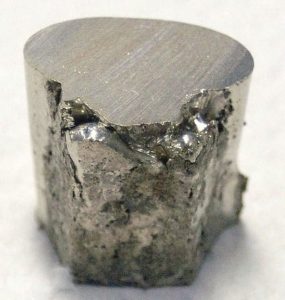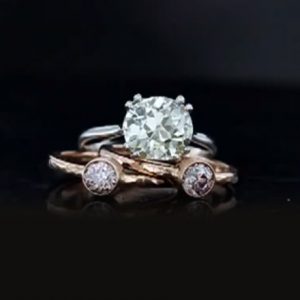Why is my Jewelry Making me Itch?
It’s a special occasion and you’re dressed to kill! Every hair is in place, your outfit is to die for and…you keep itching your neck all evening long.
Why? Your necklace (while it looks fabulous) is a piece of costume jewelry and not hypo-allergenic. Let the hives begin!
If your earrings, necklace or other piece of jewelry causes an itch or a rash on your skin, chances are you may be allergic to nickel.
It’s considered one of the most common skin allergies, mainly because nickel is used in so many items, including jewelry, cell phones, zippers, eyeglass frames, belt buckles and keys.
If you have a nickel allergy, you’ll notice symptoms 12 to 48 hours after you come into contact with it (though some notice symptoms earlier). Generally, the rash is specific to the area where the jewelry made contact but it can spread (sweat can worsen it, for example).
What can be done about a nickel allergy?
Take steps to avoid nickel contact. If you want piercings or tattoos, have it done with sterile, surgical-grade, stainless steel instruments. Take care to avoid piercing guns (since they can contain nickel and cause bacterial infections).
When you purchase jewelry, make sure its made of surgical grade stainless steel or either 24-karat yellow gold. Beware of white gold (which may contain nickel).
Other nickel-free metals? Pure sterling silver, copper, titanium and platinum. If you simply must wear earrings that have nickel in them, add plastic covers.

Nickel chunk.






